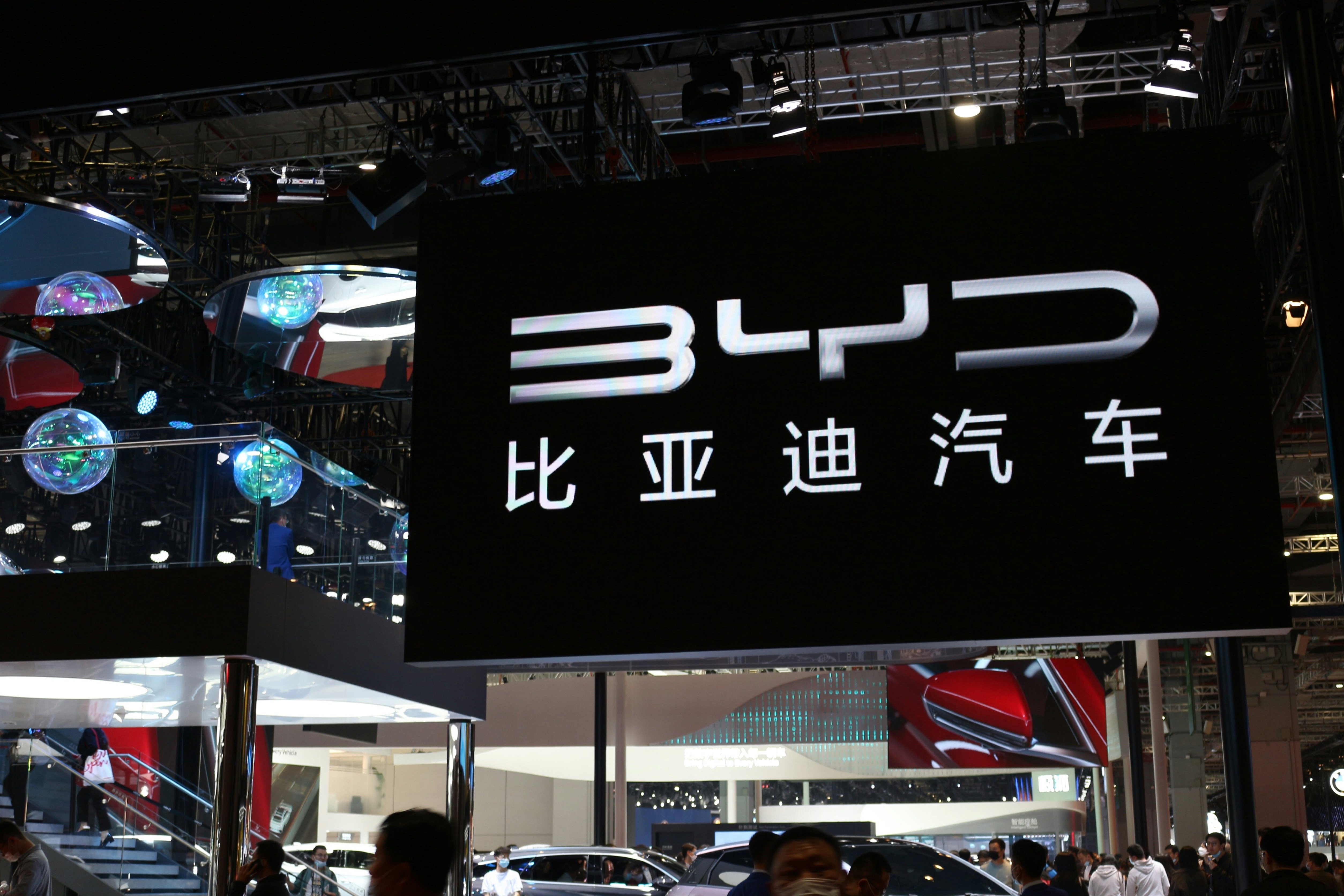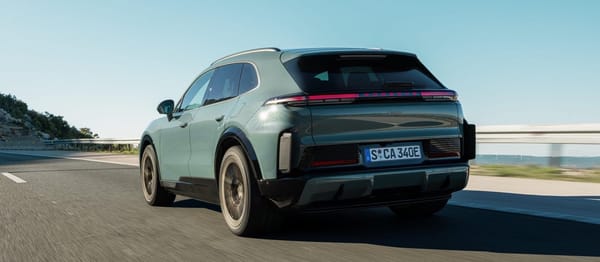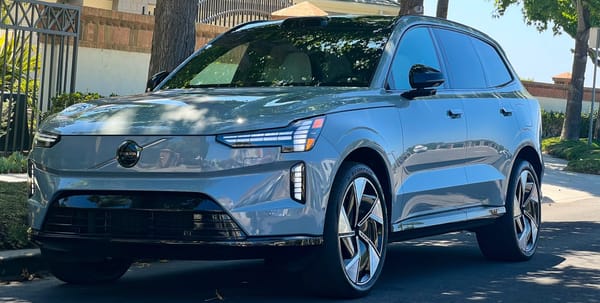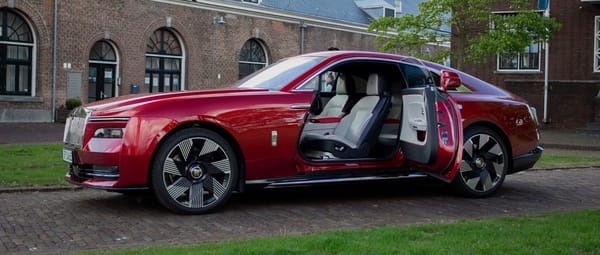BYD’s Financial Smoke and Mirrors: a Peek Inside China’s EV Powerhouse
In BYD's defense: it's normal practice in China.

The world’s biggest electric car manufacturer BYD might not be doing as well as it seems. Today I stumbled on a piece by the Dutch media outlet FTM which states that the Dutch part of the car company is consistently late with turning in the yearly numbers. On top of that the books are very unclear, largely unchecked and therefore don’t really give a good picture of the financial health of the company.
Accountants in the Netherlands were having a hard time validating expenses, of which a 2.6 million euro ‘commissiebetaling’ could not be traced. That’s a problem, because these kinds of payments can be linked to fraud and bribery and are often used to gain big contracts. But the accountant at the time couldn’t find any documents regarding the payment and left it at that.
What BYD also tried to hide is the amount of debt it actually has. It’s communicating 27.7 billion yuan (3.9 billion dollar), but GMT Research did the research (what’s in a name…) and the math and came to a grand total of - hold on to your seat - 323 billion yuan (47.5 billion dollar). BYD just kind of chose to not tell anyone about 44 billion dollar in debt.

Want to keep up to date with the latest curated car news and insights? Subscribe 🚘.
But the Chinese car manufacturer seems to do this because it’s the way books are being presented in China. It’s common place to use a scheme called ‘supply chain financing’. That means BYD purchases products from it’s suppliers, but decides to pay the invoice a lot later. In the case of the company up to 275 days later, while the industry average is between 45 and 60 days. In this scheme, suppliers are usually being paid by an intermediary company (could be a bank for example) that eventually gets the money from BYD at a later date. It’s a way of lending money against the assets of the company that also hides the growing debt.
It’s a risky way of doing business, because supply chains can be finicky and subject to volatile markets, especially these days. But it’s also making it hard for investors to estimate the actual financial health of BYD.
To make things worse, the company has been accused of taking 2.1 billion dollar in support from the Chinese government and artificially inflating car sales by selling them ‘second hand’ (with extremely low milage) at a discount. And that discount bites even harder when you know every BYD is being sold at 70 dollars below the cost of production.
The situation at BYD could be so bad that it will collapse if the growth ever dips below 16 percent, some economist on Youtube calculated.
I don’t know how much of this is true. And even more important: how much of this is taken out of context or being exaggerated, which it usually is, at least to some degree. In the end, it’s still mostly based on speculation. It’s also sounding more scary than it probably is. The numbers the car industry is dealing with, are usually extremely large. Billions of dollars are not unheard of, especially not when we’re talking about one of the biggest car manufacturers in the world.
But still, it’s interesting to see such a large company is having a hard time figuring out how to present clear numbers in time. And even though supply chain financing is a legitimate way of doing business, it doesn’t have to be this opaque. You can just choose to be open and honest about it by presenting the full debt, including the part that’s outstanding at intermediates and suppliers.
And for all this negativity, I think we should not forget what BYD is doing to the car industry right now. It’s kicking its butt into gear. Stuff is happening, innovation is happening. Yes, there is a panic in the industry, but that will settle in the long run.
In the end, we - the consumers - will probably end up with a more complete cars for less money. Why? Because that is the main thing that is changing right now. BYD and a lot of other Chinese manufacturers are making luxurious features standard in affordable cars, in such a way the incumbents have to follow in the same way, or simply lose customers.
Or the Chinese companies might be forcing the car industry to cut more and more corners to keep up. In that case we’ll be getting a nice looking and feature packed car for not that much money, but one that’ll destroy itself in about 5 years. Only time will tell.
In other news
Did you ever look at the Tesla Cybertruck and thought: “Damn, that thing is hideous!” You probably did. But did you ever think: “I’d like one, but just a bit smaller.” In that case, you’re still out of luck, because Tesla is NOT building a baby Cybertruck. Or at least, not yet. Up until now, the company has been thinking about building a couple for markets outside of the USA, where not every car needs to be the size of a semi truck. I’m not holding my breath. Seems to be a stupid move to build a smaller version of a failed car for a market where even a smaller size truck isn’t popular. But it’s Tesla we’re talking about. Anything is possible.
Talking about smaller cars: Europe is getting the Honda N-ONE. Quick readers are probably confused, but check that name again. It’s a small EV derived from a popular KEI-car. Now those small motor vehicles are not allowed on European roads, because of their size and several missing safety requirements. That means the N-ONE we’re seeing in the media is not the one we’ll be seeing on European roads. That N-ONE will be slightly larger. The only other thing we know is that the car should have a WLTP-range of 270 kilometers, which is not bad at all for a tiny car like this.
Back to Tesla for a bit: that ‘MEGACOOLEXPLOSIVESUPERDUPEREXTRAVANGANTIC’ preview Tesla is doing at the end of this year is about the Roadster. The one with the rocketpower and stuff. Tesla is claiming it’s “the last best driver’s car” before driverless cars take over. Knowing Musk and his promises, that probably means the Roadster is being delayed indefinitely.
Like it? Share it! ❤️





